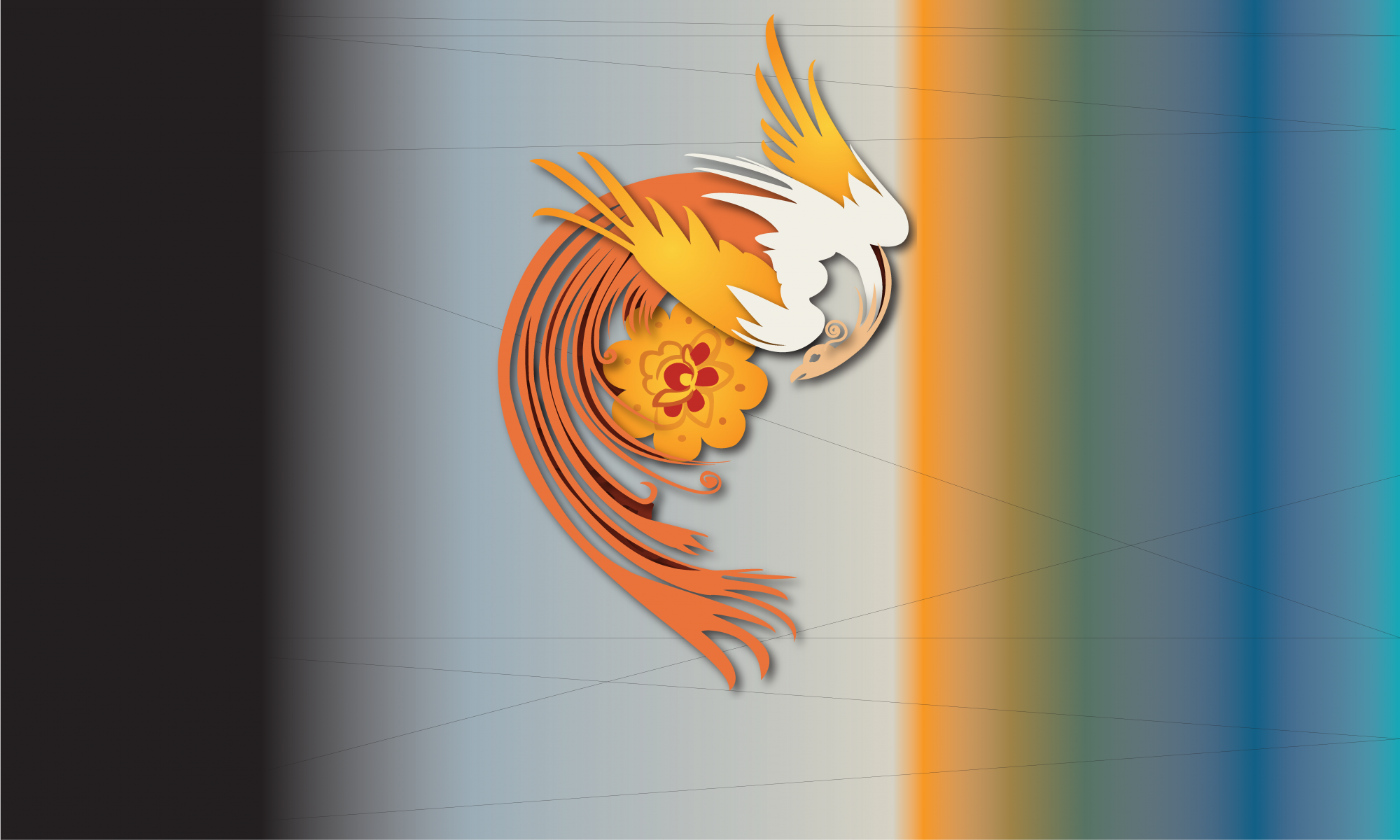Deadline for Submissions: January 1, 2018
Translation and Interpreting Studies (TIS)
Volume 15, Issue 3
Special issue: Translation and the Cultural Cold War
Guest Editors: Giles Scott-Smith (University of Leiden), Esmaeil Haddadian-Moghaddam (University of Leuven)
Translation and the Cultural Cold War
Scholars of the Cultural Cold War continue to explore cultural production and reception, ranging from high culture to everyday experiences, exploring the role and politics of print, propaganda, and culture mainly in the US and Europe (e.g. Hixson 1997; Berghahn 2001; Barnhisel and Turner 2010; Barnhisel 2014). Cultural interactions across the Iron Curtain divide have also been explored (Romijn et. al. 2012; Vowinckel et.al. 2012; Mikkonen and Koivunen 2015). Yet these studies rarely take into account the field of translation and its significance for determining how ideas and intellectual output actually enters another culture. Much of this research to date has concentrated on East-West exchanges and the relevance of (often covert) translation for the dissemination of ideas to bypass censorship (Finn and Couvée 2014). The various roles performed by translators, editors, and publishers during the Cold War were therefore crucial, both for disseminating the cultural and intellectual output of the colonial powers and superpowers, and (from a more positive and as yet less acknowledged perspective) for the development of indigenous publishing in the non-aligned countries, i.e. those which were indirectly implicated in the Cold War (Rubin 2014; Scott-Smith and Lerg 2017).
Scholars of Translation Studies have also explored the politics and ideology of translation (Calzada Perez 2002; Merkel 2010), but they have largely focused on censorship and its strong, rather subversive impact on the field of cultural production in the former Eastern bloc, Spain, Italy, and Portugal, among others (TTR 2002; Billiania 2007; Ní Chuilleanáin et al. 2009). The field has hardly explored the role and impact of the Cultural Cold War on the professionalization of translation, the development of a publishing industry in the developing countries, or the formation / transformation of the broader field of cultural production in each context.
There is an opportunity to combine the interests of the Cultural Cold War and Translation Studies in order to investigate in more detail the theory and practice of translation for cultural/intellectual dissemination beyond the transatlantic region. On the one hand, scholarship on the Cultural Cold War can bring important insights on the cultural diplomacies of the Western and Eastern powers, and how translation was recognized as an essential part of the ‘science’ of propaganda and cultural relations. On the other hand, Translation Studies’ sustained interest in the sociology of translation, and in particular, the “agent-grounded research” path (Buzelin 2010: 8; Milton and Bandia 2009) can offer new perspectives on the worldview and cultural assumptions and practices of actors in the Cultural Cold War. By using Bourdieu’s Field of Cultural Production as the basic framework for analyzing cultural transfer through translation, this special issue will collect a set of studies that emphasize the cross-cultural importance of translation for the global spread of ideas and cultural values during the Cold War.
For this issue of Translation and Interpreting Studies (TIS), the guest editors invite contributions including but not limited to the following lines of research:
• What roles did translators, editors, and publishers play in the Cultural Cold War?
• In what ways did translators, editors, and publishers, as intermediaries of cultural exchange, contribute to the construction of an image of the Cold War’s key actors (the US and the Soviet Union) in their environments?
• What roles did the allegiances of the translators, editors, and publishers play in the Cultural Cold War, and what do they reveal about agency in translation?
• How did the Cultural Cold War inform, shape, or transform the field of cultural production (i.e. books, magazines, music, films, and so on) in each national and/or regional context?
• To what extent did the Cultural Cold War (e.g. through the work of the Franklin Book Programs, a US book program for the developing countries from 1953-1978) contribute to the development of the publishing industry in the non-aligned / postcolonial countries of the Middle East (Iran, Egypt), East Asia (Indonesia, Bangladesh) and Latin America (Brazil)?
• What has been the legacy of the Cultural Cold War in the non-aligned / postcolonial countries, especially in view of some claims that one such cultural Cold War program (the American Franklin Book Programs) on the one hand failed to win hearts and minds in the Middle East (Robbins 2007; Laugesen 2010), but on the other hand, helped the circulation of books and world literature (Haddadian-Moghaddam 2016)?
• Can the practice of translation explain differences in the ways in which the Cultural Cold War was waged in Europe and in other parts of the world?
| Timeline for Authors Abstracts (400-500) words due to guest editors | 1 January 2018 |
| Decision on abstracts | 1 February 2018 |
| Submission of full manuscripts | 1 September 2018 |
| Decision to authors | 1 May 2019 |
| Final versions of papers due to guest editors | 1 January 2020 |
| Publication of special issue | October 2020 |
Contact Information and Submission Instructions
Authors interested in contributing to this special thematic issue should submit an abstract (400–500 words) to both of the guest editors:
Giles Scott-Smith (g.scott-smith@hum.leidenuniv.nl)
Esmaeil Haddadian-Moghaddam (esmaeil.haddadianmoghaddam@kuleuven.be)
Please include a brief bionote about the authors and their university affiliation in a separate file. All abstracts and manuscripts should adhere to the Translation and Interpreting Studies style guide (http://www.atisa.org/tis-style-sheet).
Authors of abstracts that are accepted for consideration will be invited to submit a full manuscript that is 5500–7000 words in length (exclusive of bibliography). Every manuscript will be submitted to a double-blind peer review that includes at least two referees.
